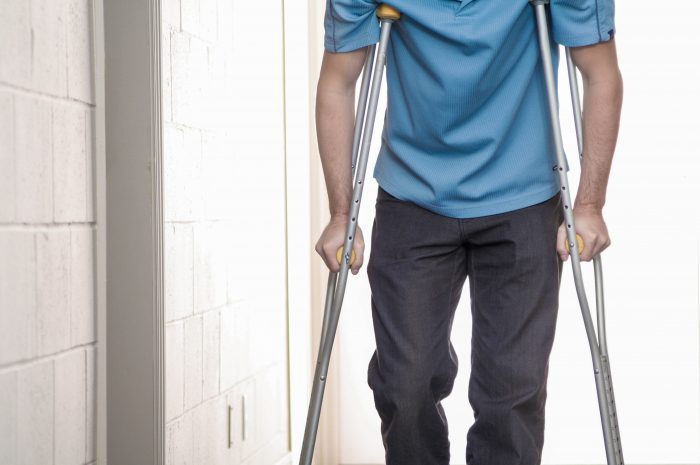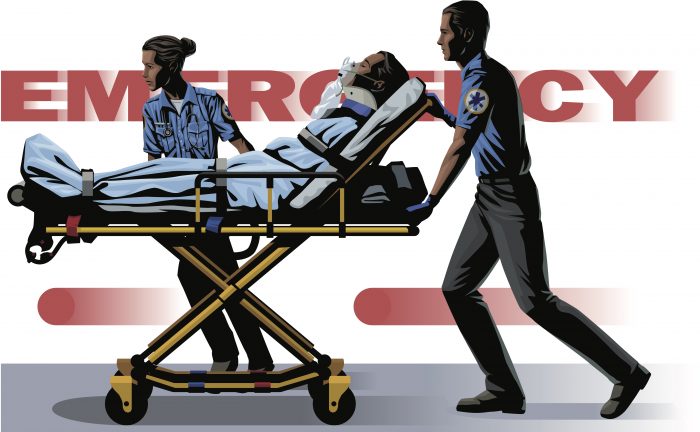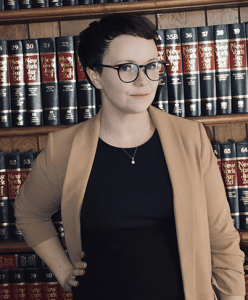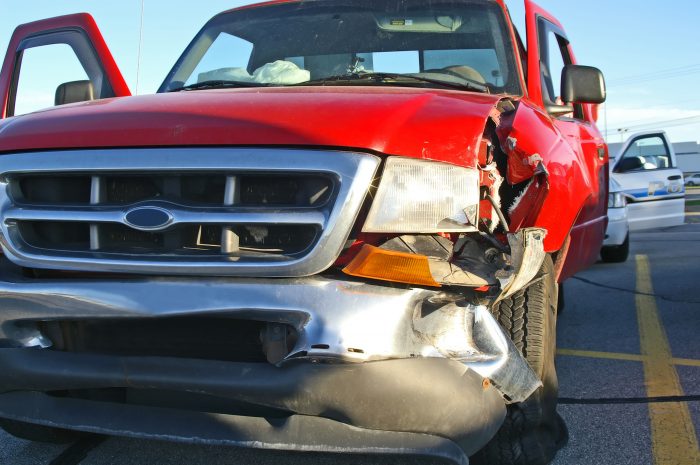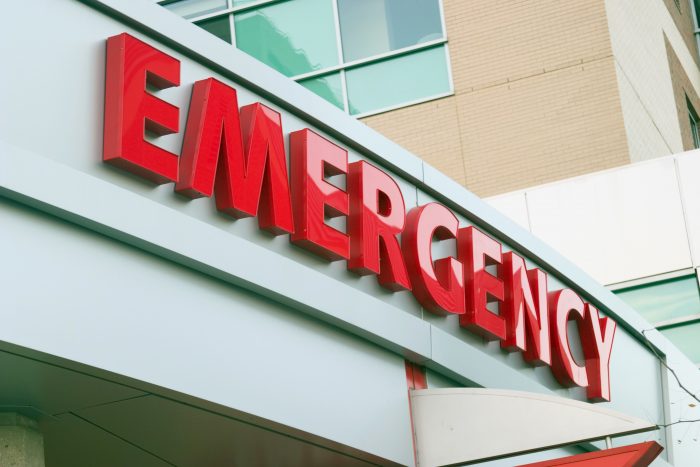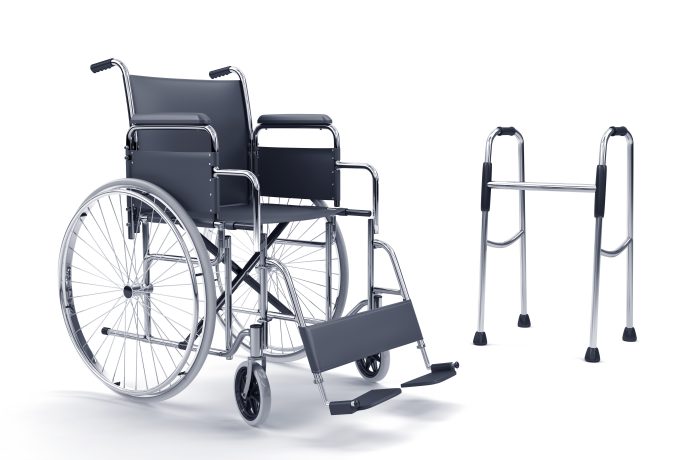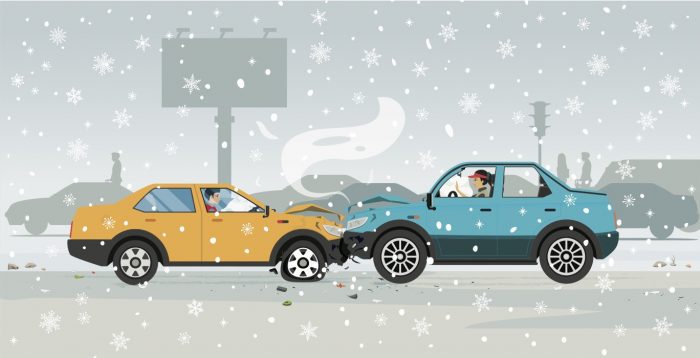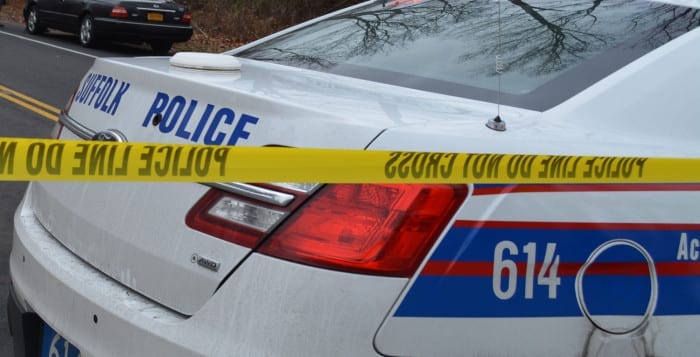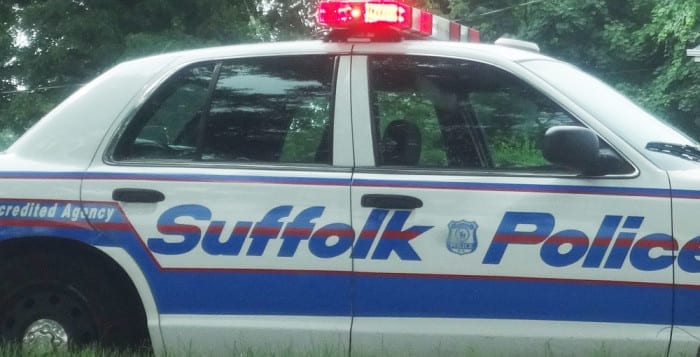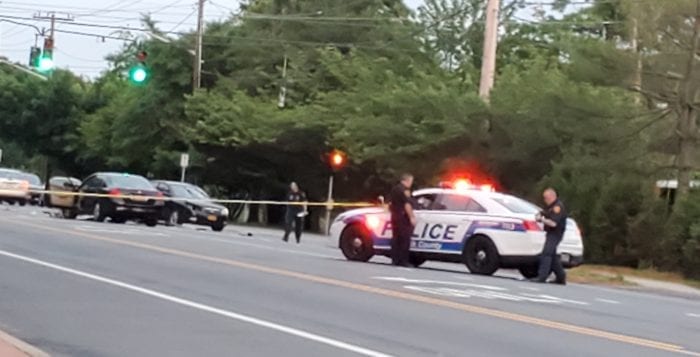By A. Craig Purcell, Esq.

In our last column, we outlined the criteria for eligibility to seek compensation or monetary damages for injuries you sustained in an automobile accident due to another driver’s negligence. We also explained the initial steps necessary to make such a claim. Now it is time to discuss how to evaluate your claim and negotiate with the insurance company insuring the at-fault party who caused the accident.
Indeed, the first question we, and other lawyers, are often asked is, “How much is my case worth?” Although cliché, the answer is virtually always “It depends.” The truth is that there is no simple or easy answer to this inquiry, nor is there a tried-and-true method to develop a reasonable value for a given case. There are simply no established valuations for any particular injury, no charts to refer to, or answers even Siri can provide you. Among the many criteria for estimating a case’s value are the following:
• The severity of the injury itself
• Permanent disability due to the injury
• Age and occupation of the injured person
• If employed, time missed from work
• Ability to perform functions for daily life in the future (i.e., household chores)
• Ability to enjoy recreational activities, such as sports, that you participated in prior to the accident
• Expenses not paid by your No-Fault insurance carrier.
Several additional factors are considered when evaluating a particular claim; however, those enumerated above are the most important. For example, if the injured person is a construction worker who hurts his or her back in a motor vehicle accident, the effect may be a long period of time out of work. A computer operator who suffers a fractured hand or wrist and develops carpal tunnel syndrome may be disabled for longer than someone in a different position. The same goes for a doctor, electrician, or many other professions. In conjunction with these issues, the pain and suffering caused by the injury leads claimant’s attorneys and insurance companies to come up with monetary damage ranges and amounts.
While this is clearly far from an exact science, lawyers who handle personal injury automobile accident cases have many references they can utilize to evaluate these cases. These include publications reporting recent jury verdicts around the state for particular injuries or even significant settlements. Thus, the personal injury practitioner can get a sense of how much a claimant may expect to receive for a particular injury in each county in New York State, or what an insurance company would be willing to pay for such injuries.
However, the exact amount your case may be worth is highly subjective and unique to your specific circumstances. Therefore, the claimant and their attorney must discuss the above criteria applicable to the case and start negotiating with the insurance carrier.
It must be understood that insurance companies are under no legal obligation to pay a claim, although if they do negotiate, they must do so in good faith. This basically means that the insurance company runs certain risks if it makes woefully inadequate offers to settle your claim.
Our next column will answer more often-asked questions, like “Why do I need so much automobile coverage, if I have homeowners’ insurance or an umbrella policy?”
A. Craig Purcell, Esq. is a partner at the law firm of Glynn Mercep Purcell and Morrison LLP in Setauket and is a former President of the Suffolk County Bar Association and Vice President of the New York State Bar Association.

